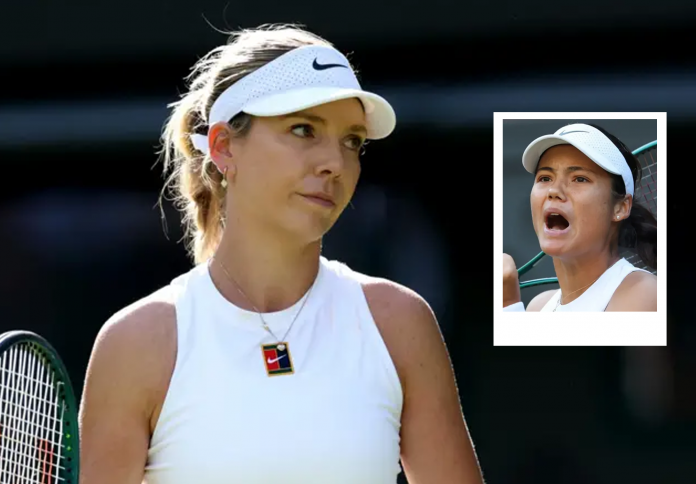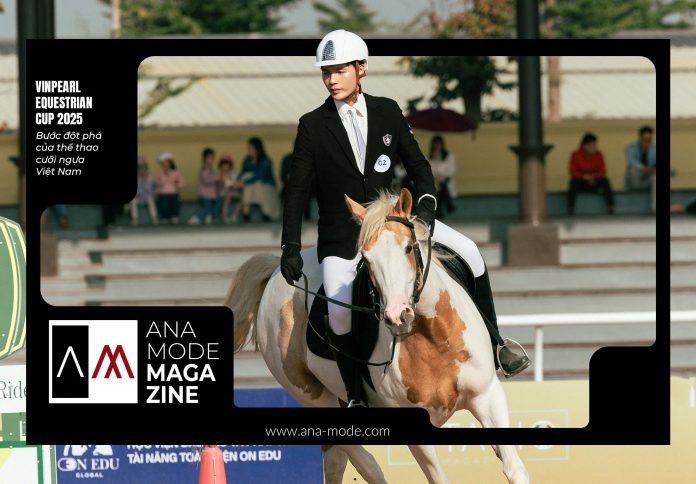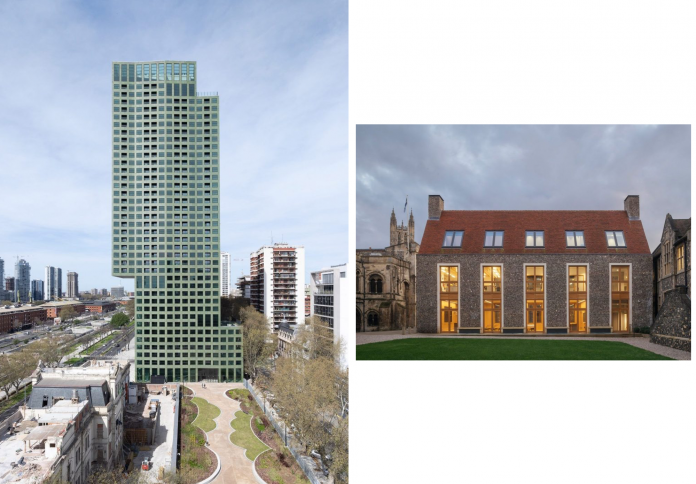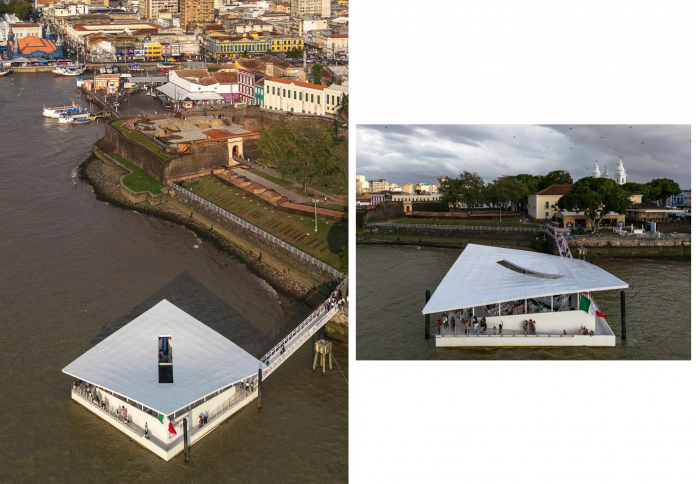Wimbledon 2025 has drawn its curtain on British hopes in the singles draws. All 23 British players—men and women—have now bowed out. But the tournament offered more than just exits. From resurgent talent and surprise runs to missed opportunities and tough lessons, it gave us a snapshot of where British tennis stands—and where it could go next.
Jack Draper has the game for grass, but timing matters
When Jack Draper stepped onto Centre Court, there were murmurs of a deep run. Ranked fourth in the world and fresh off a hard-court title at Indian Wells and a clay final in Madrid, the 23-year-old arrived with expectation. A big left-handed serve, a strong junior pedigree—he had all the makings of a contender.
But grass is a different beast, and Draper was dealt a brutal hand. His second-round opponent, Marin Cilic, is a former Wimbledon finalist with a lethal serve. The match was close, but experience and surface nous gave Cilic the edge. Draper once again fell short of the third round—a pattern now four years running.

What this Wimbledon showed, though, is that Draper’s game can fit on grass. He has tried to adapt—returning closer to the baseline, pushing forward more at Queen’s—and these are promising signs. The short grass season can be unforgiving, but Draper’s growth across all surfaces suggests his time will come.
Emma Raducanu reminds the world of her top-10 pedigree
Emma Raducanu’s third-round exit might sound underwhelming on paper—but the reality was anything but. She didn’t just beat the defending champion Marketa Vondrousova in round two; she went toe-to-toe with world number one Aryna Sabalenka in a Centre Court thriller that could have gone either way.
This was Raducanu near her best. Fluid, fierce, and fearless, she struck the ball with the kind of authority that once carried her to a US Open title. Sabalenka herself said she believed Raducanu would be back in the top 10—and it didn’t feel like crowd-pleasing flattery.
Her Wimbledon run wasn’t a fairytale. It was a statement. After injuries, criticism, and inconsistency, Raducanu has rediscovered her footing. She has reminded fans—and more importantly, herself—that she has the weapons to trouble the very best. And that belief will carry far beyond SW19.
Katie Boulter missed her moment, but still has momentum
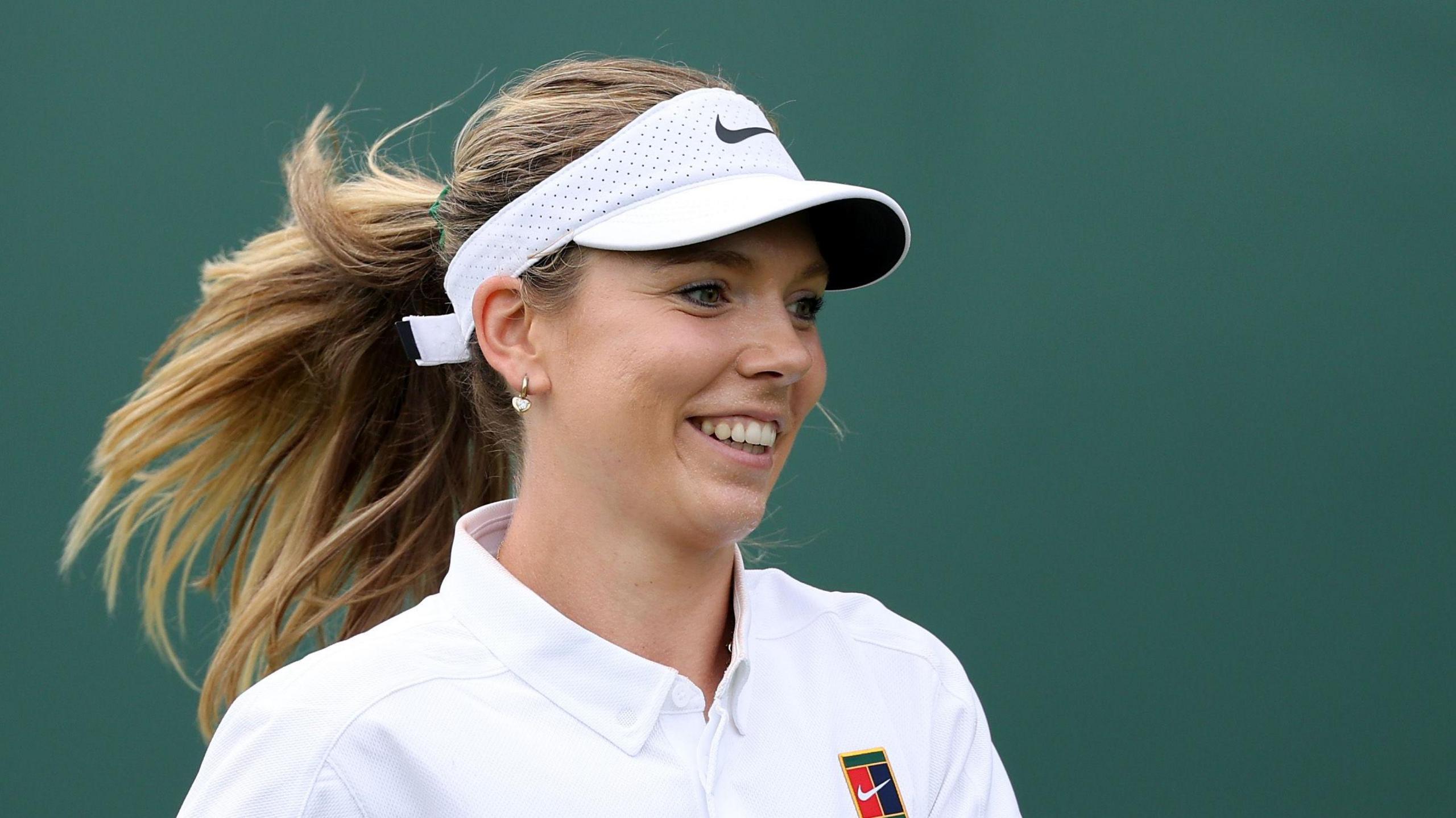
Katie Boulter looked poised for a deeper run this year. She overcame a tough opener against ninth seed Paula Badosa with impressive composure, setting the stage for what should have been a confidence-boosting second round. But she fell to Argentine qualifier Solana Sierra in one of the tournament’s early shocks.
Sierra, floating on the high of qualifying wins, had nothing to lose—and it showed. Her relaxed aggression caught Boulter off balance. For a player whose grass-court instincts are among the strongest on tour, it was a disappointing stumble.
But this doesn’t erase Boulter’s progress. Her movement has sharpened, her mental resolve is stronger, and her ranking has climbed steadily. Hard courts could be her next big platform—especially at the US Open, where pace and bounce work in her favor. She doesn’t carry the “imposter” aura anymore. A second-week Grand Slam run still feels within reach.
Sonay Kartal becomes the breakout star Britain needed
One of the most heartening surprises of Wimbledon 2025 was Sonay Kartal’s fourth-round run. Just a year ago, she was ranked outside the world’s top 290. Now, after a string of confident performances, she’s heading into the top 50 and onto bigger stages.
Kartal says she prefers clay, but her game translated beautifully to grass. That’s not entirely surprising. Her heavy topspin forehand and slicing backhand mimic the success of other players like Ons Jabeur and Jasmine Paolini—variety-heavy games that flourish on both grass and clay.
What Kartal has going for her, beyond shotmaking, is sponge-like adaptability. She’s learning fast, responding well to intensity, and catching opponents off guard. The next challenge will be staying one step ahead as her opponents start to read her game. But for now, Kartal looks like more than a flash in the pan—she looks like a player built for the top.
Cameron Norrie shows that loyalty and belief still count
Cameron Norrie’s Wimbledon campaign ended in the quarter-finals at the hands of defending champion Carlos Alcaraz. But the journey was more important than the destination. After a difficult period and questions over form, Norrie stayed loyal to his team and process. The reward? A renewed sense of confidence.
Norrie’s physical game has never been in doubt. But Wimbledon saw the return of his belief—his trust in his groundstrokes, his grit in the long rallies. Reaching the quarter-finals here, after a solid showing at the French Open, signals that he’s back on track.
His hard-court résumé speaks for itself—most notably, the 2021 Indian Wells title. With momentum behind him, Norrie could bounce back quickly. The Wimbledon run may not have ended with a trophy, but it may have launched the next phase of his career.
Beyond results, a shift in British belief
All Britons may be out of the singles draws, but Wimbledon 2025 offered more than wins and losses. It showed Raducanu is ready to rise again. That Kartal might just be the surprise star we didn’t see coming. That Draper, Boulter, and Norrie are still evolving—and still dangerous.
What British tennis needs now is patience and perspective. The game is growing, the talent is there, and the pressure of Wimbledon remains as potent as ever. But within that pressure lies potential. And this year, more than most, Britons proved they’re not just playing for moments. They’re building toward something lasting.
